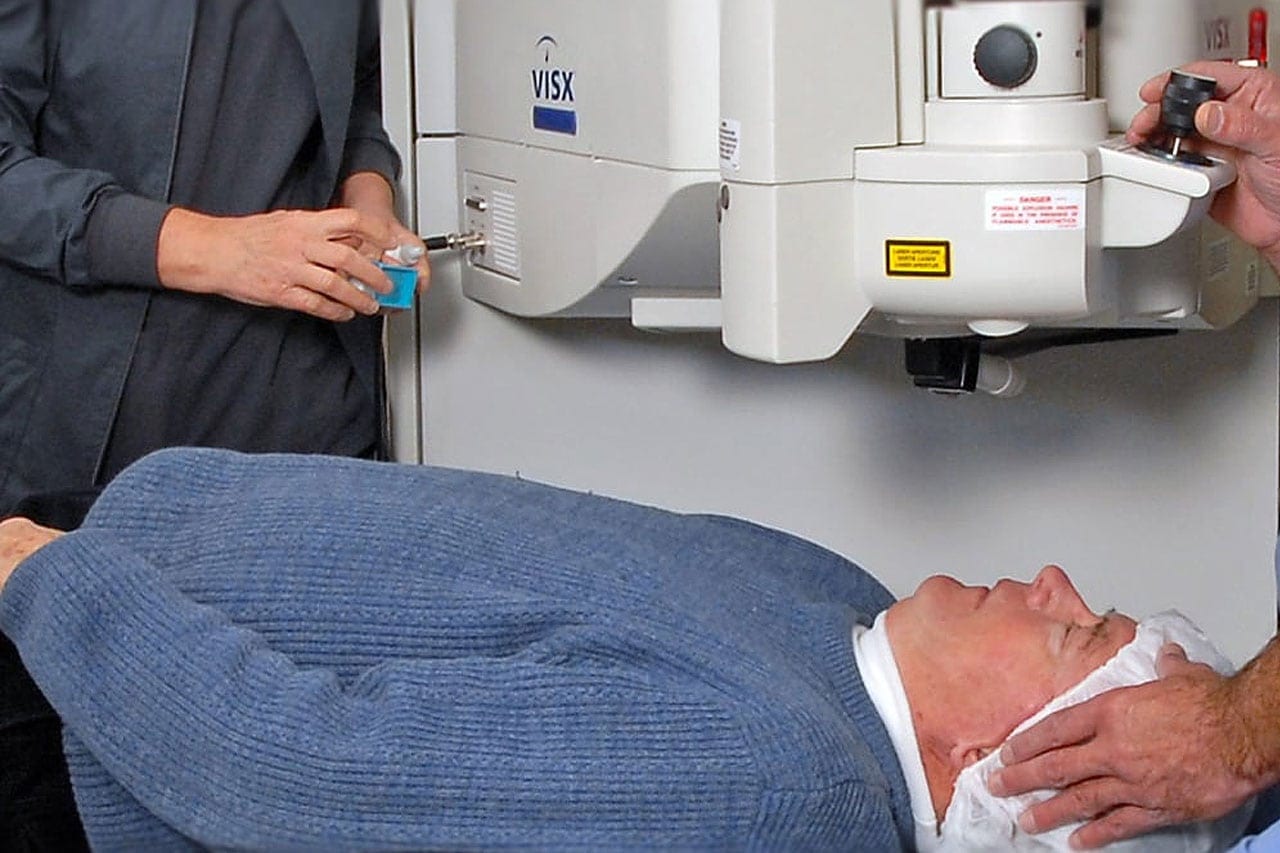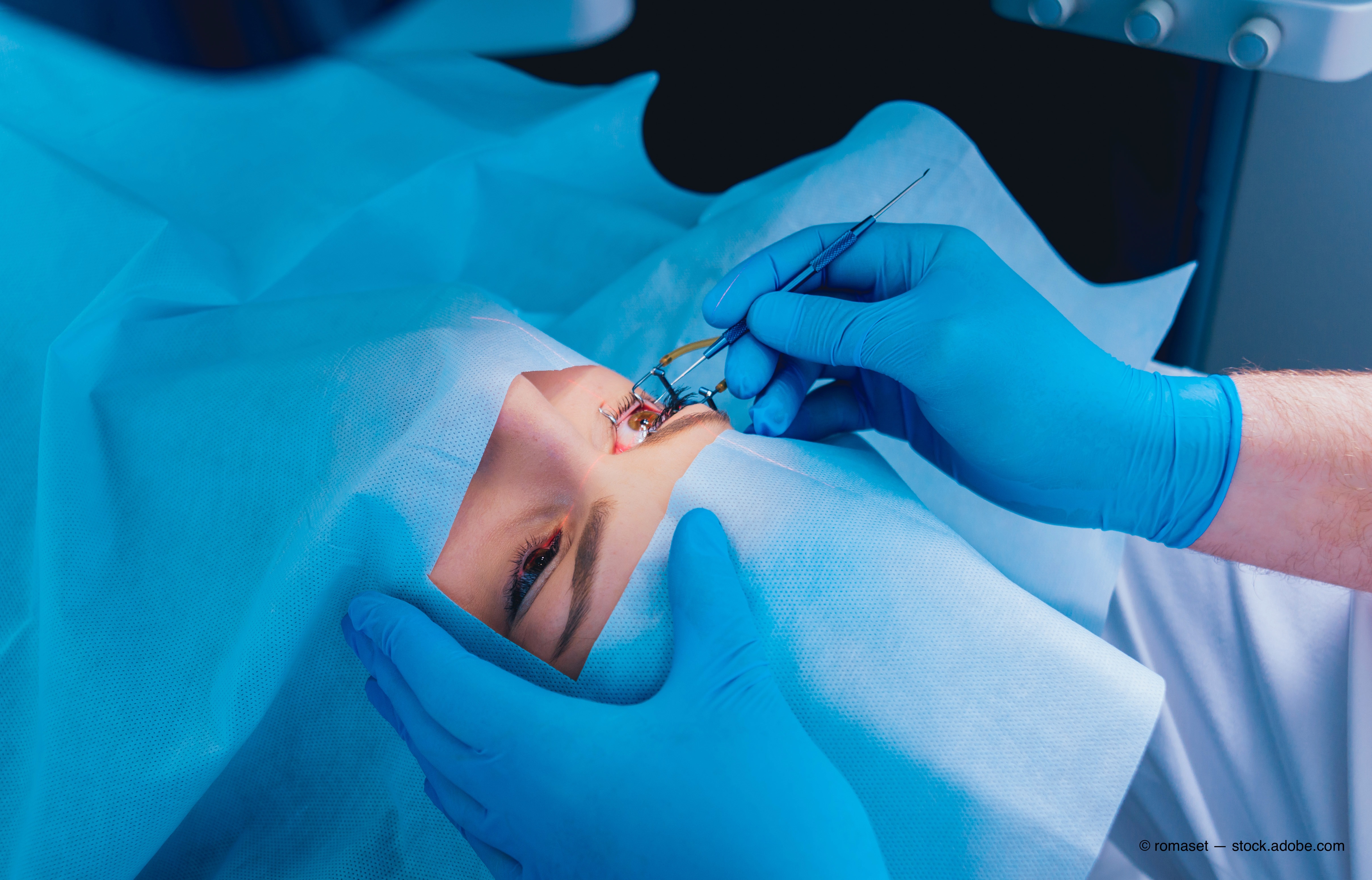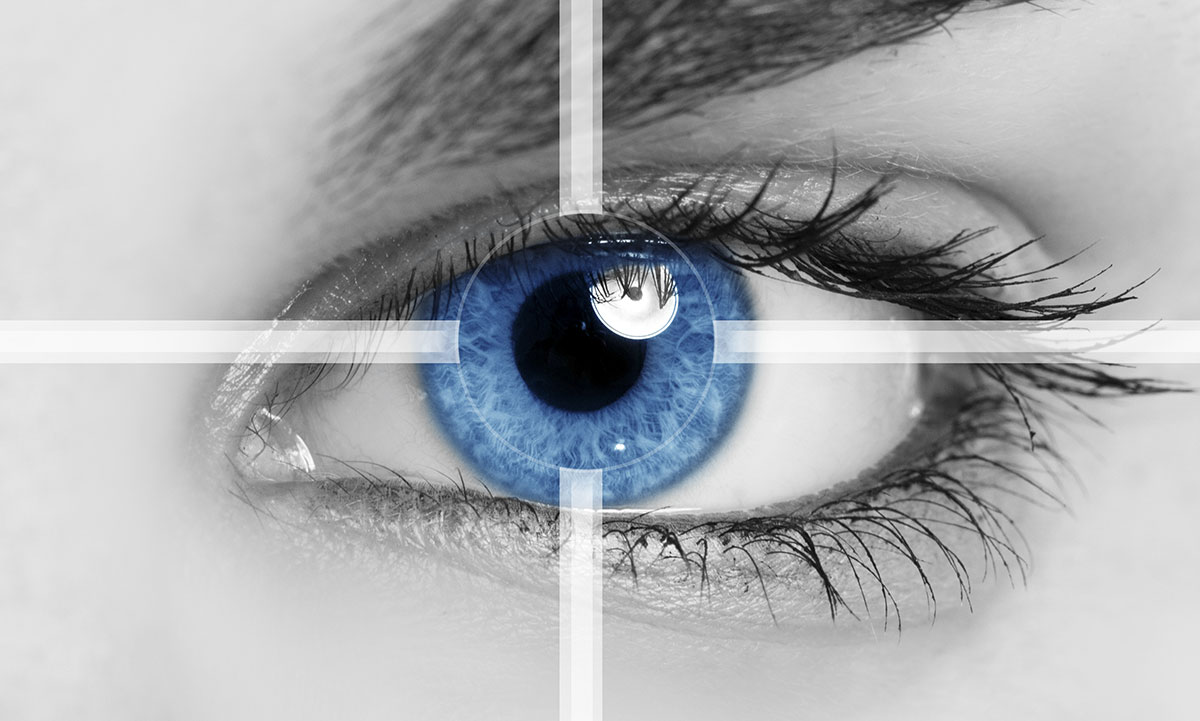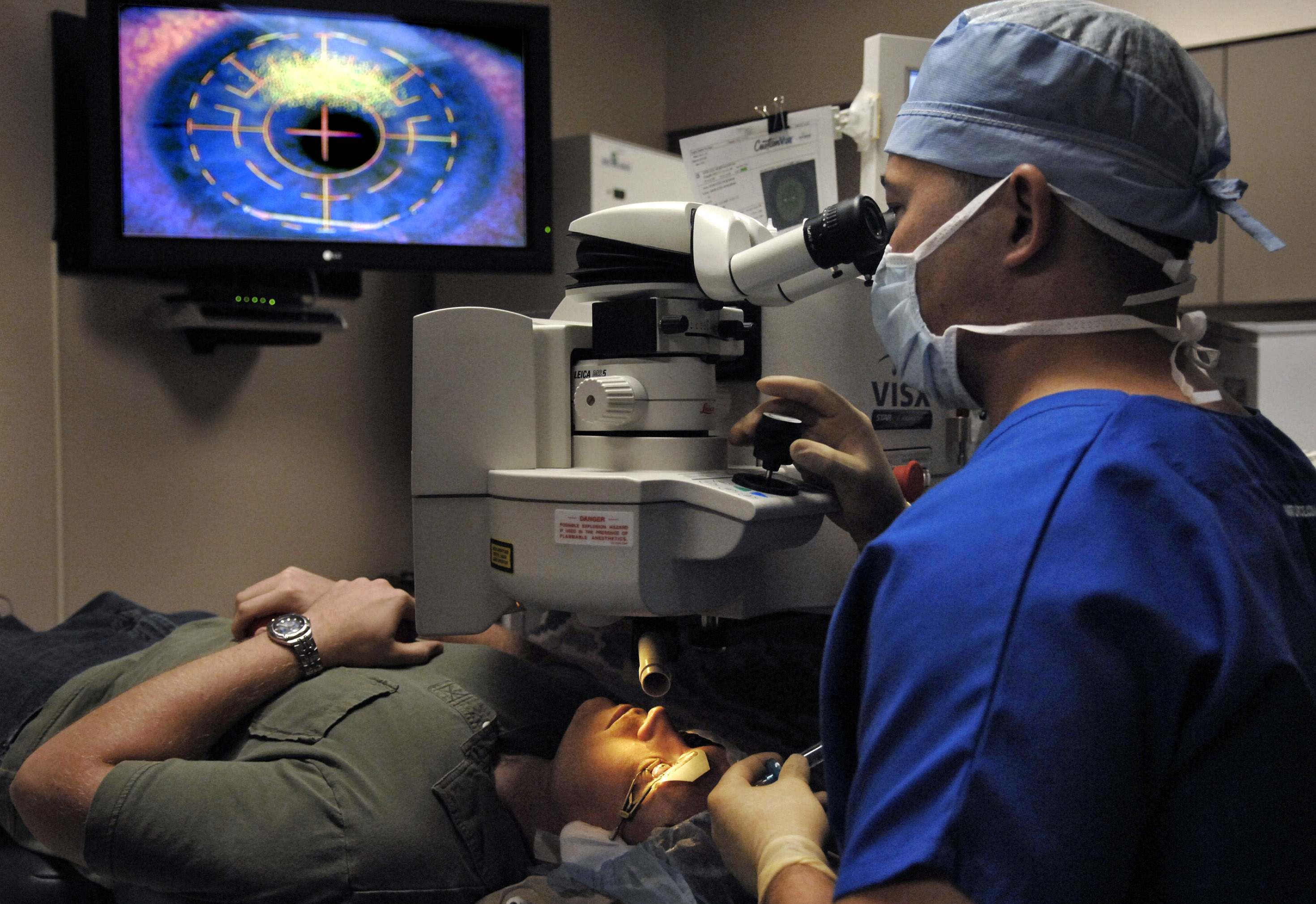Refractive Surgery in Iran Details
What is Refractive Surgery?
The light that passes through the pupil, lens, and cornea focuses directly upon the retina is termed as a clear vision.
If there is flat, steep or round cornea that relates to the eye length, then the light rays focus behind the retina or in front of the retina.
This results in refractive errors like astigmatism, farsightedness, and nearsightedness.
The refractive surgery, also known as vision correction surgery, is performed to treat these refractive errors by changing the way by which eye focuses light and altering the cornea’s shape.
Types of Refractive Surgery
Intraocular
In this, the synthetic lens is positioned in the patient’s eye.
This can be done either by removing the natural crystalline lens or without it.
Keratorefractive
During this refractive surgery, the physical structure of the cornea is changed.
Who should consider Refractive Surgery?
- Candidates who have an appropriate refractive error.
- Candidates who want to decrease their dependence on contact lenses or glasses.
- Candidates who understand that it is still required to wear corrective lenses or contacts after the surgery to achieve better vision.
- Candidates who are free from eye diseases.
Refractive Surgery Procedures
Refractive Lens Replacement
The surgical procedure is meant for those who are 50 or above and has developed distortions in the eye lens.
People who have severe problems with nearsightedness and farsightedness opts for this surgery.
The natural lens is replaced with an artificial lens of suitable power.
The procedure is similar to cataract surgery.
The procedure is also apt for those who are in the cataract group or are developing a cataract.
In the case of high refractive errors, this approach is the only option.
Photorefractive Keratotomy (PRK)
The refractive errors of astigmatism, farsightedness, and nearsightedness are corrected by using an excimer laser.
The surgery takes into consideration of low to moderate degrees of these refractive errors.
In this approach, certain underlying tough tissue is ablated, and the thin corneal epithelial layer is also detached.
The final refractive state might not reach in 2-3 months.
Initially, the eye may be a little uncomfortable for some days till the time corneal surface layer grows again over the operative location.
By using a topical treatment at the time of surgery along with Mitomycin-C drug, the haziness of the eye can be prevented.
Phakic Intraocular Lens Implantation
In this approach, an intraocular lens is positioned either behind or in front of the iris.
This lens works along with the natural eye lens to bend the light rays more appropriately.
The approach is very beneficial for high degrees of myopia and benefits younger patients more as this allows them to focus near their natural lens.
Laser In-Situ Keratomileusis (LASIK)
In this, a microkeratome is used for supporting the tissue and for making the corneal epithelium outer flap.
With the help of an excimer laser, a specific underlying ablation is made.
The LASIK procedure treats all the refractive errors.
The results after LASIK is positive and involves faster recovery.
The other major benefit of LASIK is that there is no discomfort or pain after the procedure.
The technique of LASIK is the most popularly performed refractive procedures.
Laser In-Situ Epithelial Keratomileusis (LASEK)
This approach is used for treating epithelium (outermost corneal layer) layer with the help of dilute alcohol.
Dilute alcohol is used for hardening the epithelium layer to dissect it aside and increasing its handling properties.
The reshaping of the cornea is done by using an excimer layer to replace the epithelial layer.
EpiLASIK is the new technique of this procedure in which the superficial layer of the cornea is pushed aside by using the mechanical instrument.
Alcohol treatment is not required for such instruments.
Refractive Cataract Surgery
Refractive cataract surgery is a new term that can be described as merging of modern refractive surgery techniques with traditional cataract surgery.
This surgery aims to eliminate the use of corrective eyeglasses, and it also allows normal vision for those who have cataracts.
The new development in refractive cataract surgery is the usage of intraocular lenses (IOLs).
A person can choose an IOL implant in both eyes if the cataract is in one eye.
Refractive lens exchange (RLE) is the procedure by which natural lens is replaced which has yet not developed a cataract.
Benefits of merging RLE in one eye and Cataract in the other eye including:
- The condition of presbyopia is corrected with the help of a clear lens to reduce the requirement of reading glasses.
- An overall better refractive result in binocular vision.
- I am preempting the requirement for cataract surgery of the eye in the future with a clear natural lens.
- The correction of refractive errors in the eye with a clear natural lens.
Types of Intraocular Lens (IOLs)
Two types of IOLs are used in refractive cataract surgery including:
- Presbyopia Correcting IOLs
- Toric IOLs
Cost of Refractive Surgery
Iran is known for its specialized eye treatments. Iran has well-trained eye surgeons that understand the need and requirement of a patient.
Cost-effective eye surgery in Iran attracts patients from all over the world.










